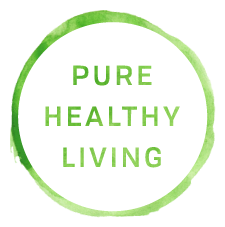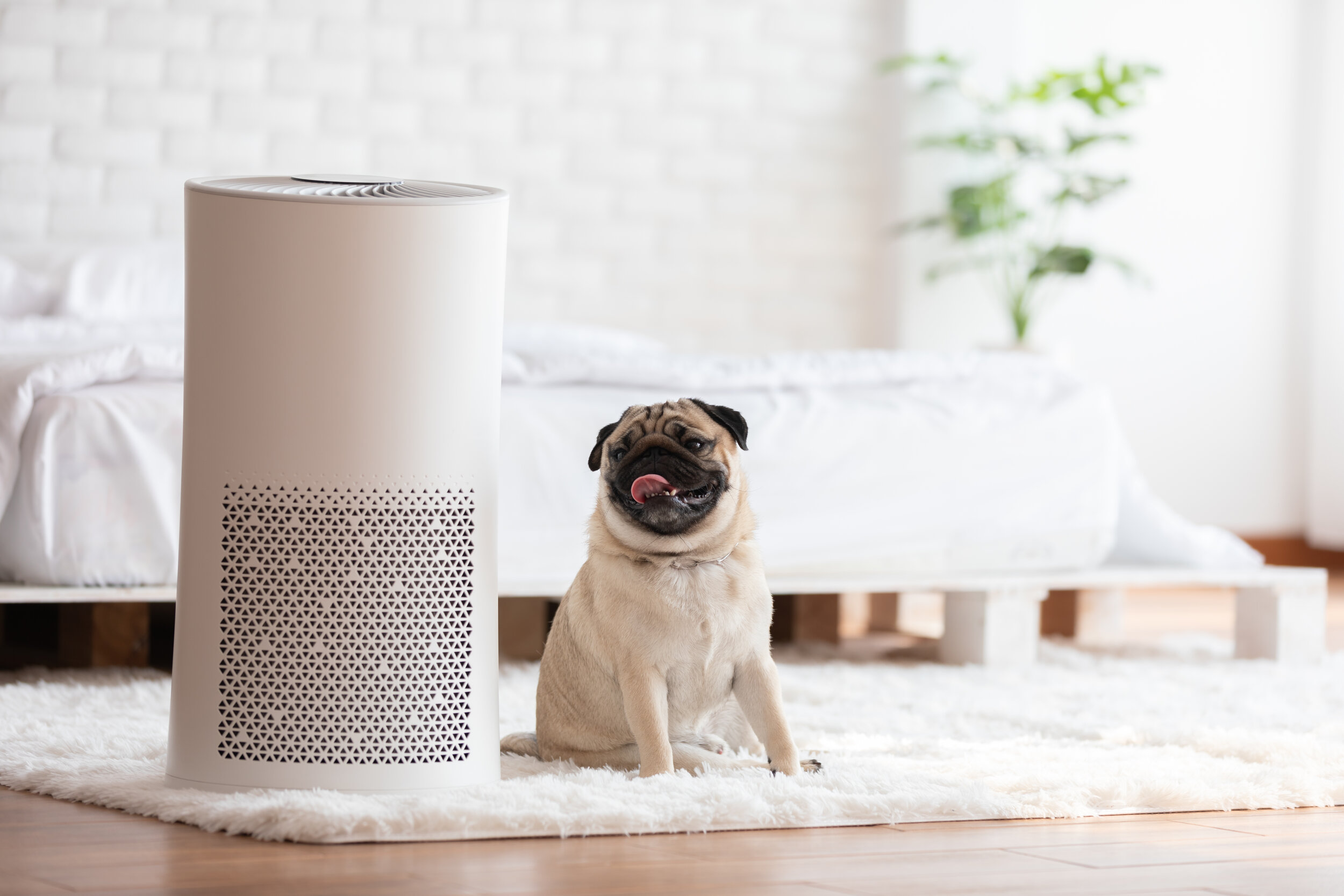How To Get Cleaner Air At Home - And Why You Should!
By: Barb Biagioli
We’re spending more time indoors than ever before. And while it’s great to lay low and spend time at home with family, work on home projects and catch up on work, beyond boredom, sitting indoors all day comes with its own set of issues.
Did you know that indoor air pollution can be higher than outdoor air pollution? Indeed, it is. According to the EPA, the air we breathe inside our homes and offices can be up to 5x more polluted than the air outside. And for those of us inside all day, this is a very real health concern. Our daily domestic activities may be more dangerous than we think.
The majority of us spend 90% of our time indoors. This raises our risk of inhaling toxins and compounds found inside our homes – thus raising our risk of acquiring autoimmune disease, increased headaches, hormonal imbalances, and a weakened immune system. The chemicals and VOCs that are emitted from our furniture, clothing, appliances, flooring, and children’s toys is quite frankly, disturbing. Years of exposure to these compounds increases your risk of:
Lethargy
Skin Rashes
Cough
Frequent Colds
Sore Throat
Achy Joints
Brain Fog
Hormone Issues
Asthma Attack
Autism
Autoimmune Disease
Lung Cancer
Headaches
Heart Attack
Stroke
Cancer
So, now you’re probably wondering: but what can I do about it? First, it’s important to understand the sources of these pollutants.
Sources of Indoor Air Pollution
Indoor air pollution is ranked as the eighth major global burden of disease risk, with ambient particulate matter ranking as sixth. The major concerns and sources of indoor air pollution include:
VOCs (volatile organic compounds)
Paradichlorobenzene (air fresheners, candles)
Semi-volatile Organic compounds (pesticides, flame retardants, PFCs, plastics)
Styrene (plastics, insulation)
Tetrachloroethylene (dry cleaning)
Vinylidene chloride, Xylene (paint)
Chlorinated Solvents
Smoking (benzene, toluene, ethylbenzene, xylene)
Mold + Mycotoxins
Sadly, these carcinogens and toxins come from products that we readily bring into our homes. These sources of toxins in your home come from building materials, body lotion and everything in between.
Sources of Toxins in the Home
There are a lot of places indoor air pollution can originate, ranging from the predictable, like gas-top stoves to the surprising, like remote controlled cars. It’s amazing, and a bit unnerving, to realize how many common items in our daily lives may be adding toxins to our air, like:
HVAC Systems
Linens
Washing Machines
Mold + Mycotoxins
Cookware + Food Storage
Children’s Toys
Clothing
Furniture + Cabinetry
Carpet + Flooring
Fuel Burning Combustion Appliances
Paint
Building Materials
Cleaning Products
Cosmetics, Fragrances and Beauty Products
There are ways we can improve the quality of our indoor air. We do not have to fall victim to off-gassing furniture and fire retardant sprayed clothes. The more educated we are about how the things in our homes impact air quality, the better equipped we are to make changes on the homefront for our health and our families.
Improve Your Indoor Air + Reduce Pollution
Creating a nontoxic home takes patience and dedication. Projects like renovating your home, getting new furniture, adding new windows or installing new floors are great long-term goals. You can also make technical improvements to improve your home’s air and ventilation. Having your ducts cleaned and outfitted with UV lights, improving outdoor air intakes associated with your HVAC system, and increasing kitchen ventilation can also improve the air quality inside your home. But, those projects often require time, money and the help of a professional.
While you plan for future home upgrades, in the short-term, you can start by keeping your floors clean – removing shoes when entering the house, dusting, keeping windows open to improve air flow, and making smaller changes to the way you live at home – like removing toxic toys and introducing new food storage containers – things that are smaller in financial scale but will have a big impact on your health. At the very least, consider throwing out your carcinogenic cleaning products, candles, air fresheners and dryer sheets and start finding new ways to clean, like vacuuming with a HEPA filter, and freshening your air with opened windows and essential oils.
You may also consider adding some air purifying plants to your home. These 5 plants are great for improving the quality of air indoors. Start by adding a few to each room.
5 Air-Purifying Plants
1. English Ivy
Particularly effective at reducing airborne fecal particles and combating mold levels inside the home.
2. Snake Plant
This succulent releases oxygen at night, helping you to breathe better while you’re sleeping. It is ideal for filtering the air of formaldehyde, xylene, benzene, toluene, and trichloroethylene.
3. Spider Plant
These plants are resilient and battle toxins including carbon monoxide and xylene.
4. Aloe Vera
This healing plant is a great addition to your home for cuts and other skin remediation. Moreover, it is great for purifying the air of formaldehyde and benzene – found in varnishes, floor finishes and detergents.
5. Chinese Evergreen
This is a tropical plant that is proven to be an effective cleanser of formaldehyde and benzene, both found in detergents and other household cosmetics.
Indoor Air Purifiers
In addition to adding plants to your home for improved air quality, you may also want to consider getting an air purifier for frequently used rooms. While you should always consider new ways to store your food, cook your food, clean your clothes, buy your clothes, wash your linens, and clean your home, after all that, you may feel like you need a bit of help eliminating VOCs and other contaminant air particles from your home. This is where air purifiers can help.
Not all air filters and purifiers are created equally and they range from single-area cleaners that can be purchased online to whole home cleaning systems that can be installed by HVAC professionals. So, start by determining your budget and doing some research. Just make sure that whatever home air purifier you choose will effectively purify the air from the specific contaminants and pollutants that are impacting your home.
Your home should be a safe haven.
Maintaining clean air quality is just as important to your health and home as healthy eating, exercise, meditation, and sleep. The air we breathe, water we drink and food we consume all have the power to heal us. But we must ensure that those sources of vitality are free from the chemicals and carcinogens that our manufactured modern world has introduced. Our culture of consumerism has consequences – and those consequences are directly affecting our food, water and air supply. Take stock of the things in your home and make improvements for your health and for the health of the planet.
More Articles You Might Like















It’s hard to keep your house clean between working, raising kids, and maintaining some sort of a social life. But don’t worry! There is a way to speed clean your house! Let’s break it down on how to do it.